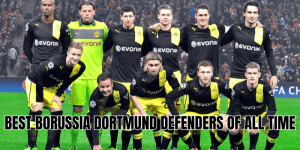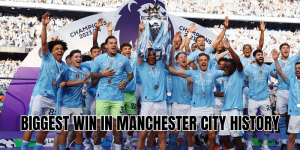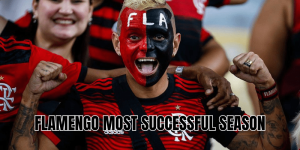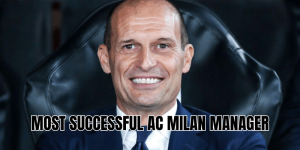The white shirt of Real Madrid has seen legends grace the midfield zone—players who controlled tempo, dictated attacks, shielded defenses, and lifted trophies. From Galácticos to understated workhorses, the best Real Madrid midfielders of all time are a tapestry of style, grit, brilliance, and history. In this article, DiorDribble will escort you through the eras—profiling the icons, comparing their stats, and arguing for who belongs in the pantheon at the Santiago Bernabéu.
What Defines a Great Real Madrid Midfielder?
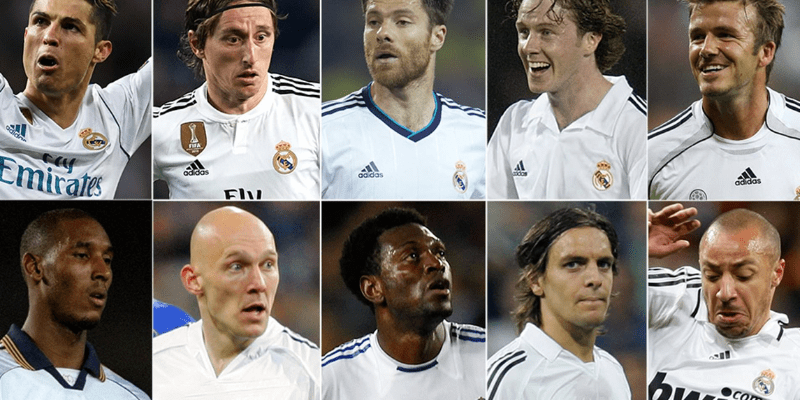
Before listing names, let’s clarify the yardsticks. A top-tier Madrid midfielder typically excels in:
- Trophies & impact at Real Madrid (La Liga, Champions League, domestic cups)
- Longevity & consistency in Madrid’s harsh competition
- Versatility & tactical influence (playmaker, box-to-box, defensive pivot)
- Signature moments & leadership in big matches
- Statistical contributions
Those criteria naturally elevate some names above others.
The Legendary Midfielders
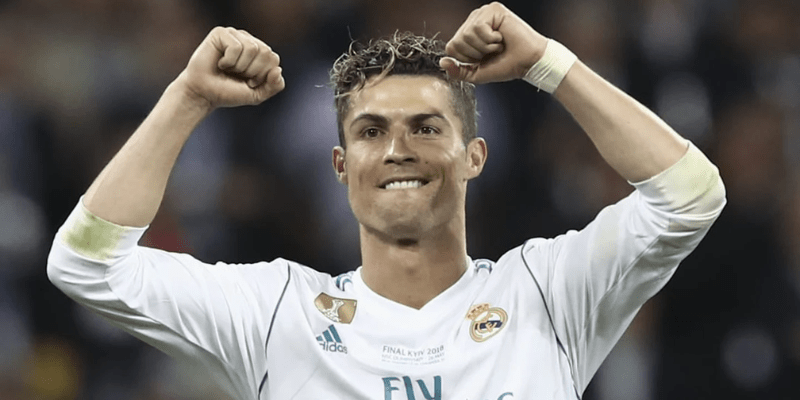
In this section, we dive into the semifinalists of history—players whose legacies transcend eras.
Zinedine Zidane
Zidane remains a supreme symbol of elegance in white. During his Real Madrid tenure (2001–2006), he delivered moments that still echo in Bernabéu folklore—none more so than his volleyed winner in the 2002 UEFA Champions League final. His ball control, vision, turn of pace, and composure in pressure situations made him the archetypal attacking midfield maestro.
Beyond flair, he contributed on the scoreboard and in leadership—guiding Los Blancos through European nights with a decisiveness few could emulate.
Fernando Redondo
Often called “El Príncipe,” Redondo formed a bedrock in the 1990s Madrid side. A deep-lying playmaker and intelligent defensive presence, he combined defensive awareness with delicate passing. In his years at Madrid, Redondo helped the club claim multiple trophies, including two Champions Leagues. His ability to shield the backline and initiate attacks makes him a staple in any all-time Madrid midfield list.
Xabi Alonso
Arriving mid-career in 2009, Alonso blended discipline with long-range passing genius. He anchored Madrid’s midfield through six seasons, starting crucial matches, laying threads of transition, and delivering key passes in Champions League runs. He was instrumental in Madrid’s 10th European Cup victory (“La Décima”). His leadership, consistency, and cerebral approach to midfield warfare bridge classic and modern styles.
Toni Kroos
Kroos is the modern exemplar of midfield control. Since joining in 2014, he’s maintained staggering passing accuracy, rhythm, and tactical understanding. His vision, ability to tempo the game, and consistency in high-pressure matches have underpinned many of Madrid’s domestic and European successes. He is among the most decorated German players in history, largely thanks to his Real Madrid years.
Luka Modrić
Modrić’s longevity and adaptability make his legacy unique. Since 2012, he has reinvented roles—attacking, linking midfield, anchoring, or drifting wide. He acquired a Ballon d’Or during his Madrid tenure and has been central to multiple league and Champions League titles. Even as he advanced in age, his reading of the game and technique remained superb.
José Pirri & Ignacio Zoco
These are names.
- José Pirri represented Madrid from the 1960s through the early ’80s, often blending attacking support with midfield resilience.
- Zoco was a defensive midfield figure during the dominant Madrid sides of the 1960s and ’70s, contributing quietly but effectively to multiple league titles.
Their eras lacked modern data, but their influence helped build the club’s identity.
Günter Netzer
Although his Madrid spell was shorter (1973–1976), Netzer was a German maestro of the pass, known for his technical elegance and range. He brought continental flair to Spain and is often cited by historians as one of the great import midfielders whose impact goes beyond stats.
Comparing Careers: Head-to-Head Metrics
Here’s a rough comparative sketch of several midfield legends in Madrid:
| Midfielder | Years at Madrid | Major Titles | Signature Skill(s) | Distinctive Legacy |
| Zinedine Zidane | 2001–2006 | Multiple (La Liga, UCL) | Flair, technique, decisive goals | Volleys, clutch moments |
| Fernando Redondo | 1994–2000 | Champions, La Liga | Defensive playmaking, balance | Combines elegance and grit |
| Xabi Alonso | 2009–2014 | La Décima, domestic trophies | Long passing, game control | Bridge between defense & attack |
| Toni Kroos | 2014–2024+ | Numerous (UCL, La Liga, Cups) | Tempo control, passing accuracy | Midfield engine over a decade |
| Luka Modrić | 2012–2025+ | La Liga, UCL, Ballon d’Or | Versatility, vision, resilience | Modern great, late-career mastery |
| José Pirri | 1964–1980 | Multiple domestic titles | Work rate, midfield tenacity | Madrid’s stalwart of an earlier age |
| Ignacio Zoco | 1958–1970 | Many Spanish titles | Defensive anchor, reliability | Backbone of classic era |
| Günter Netzer | 1973–1976 | Some domestic & European success | Midfield elegance, creative passing | Artistic impact beyond numbers |
These names aren’t exhaustive, but they represent the broad stylistic eras of Madrid’s midfield evolution.
Greatness Compared: Zidane, Modrić & Kroos
- Zidane’s flashes of magic and heroics in finals make him a fan favorite.
- Modrić pairs durability with adaptability—he’s redefined longevity in midfield.
- Kroos brings consistency, tactical intelligence, and near-mechanical perfection.
If we blend eras and style, it’s hard to dislodge Zidane. But in sheer long-term impact, Modrić (with his Ballon d’Or and decade-plus dominance) might claim the edge. Kroos, meanwhile, is the quiet backbone—less celebrated, but no less vital.
Thus, the debate remains subjective: elegance vs. consistency vs. reinvention. But in many modern “top midfielders” lists, Modrić is often placed at #1 for Madrid, closely chased by Zidane and Kroos.
Why These Names Keep Resurfacing
Influence in key matches
Madrid’s identity is judged in finals. Zidane’s volley, Modrić’s clutch passes, and Alonso’s Euro-level transitions echo in Madrid lore.
Transition across eras
These midfielders bridged shifts in tactics: from 4-4-2 to 4-3-3,.
Leadership & respect
Beyond stats, they commanded locker rooms, earned respect, mentored others, and remained leaders even off the pitch.
Silverware
Madrid demands trophies. Legendary midfielders are those whose names are etched on cups: La Liga, Champions League, Copa del Rey. Fewer players have matched the trophy tallies of Modrić and Kroos in recent years.
What About Modern Names?
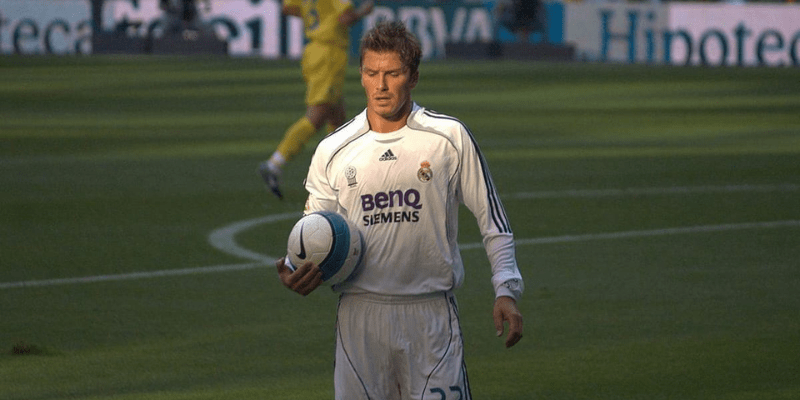
Real Madrid continues to manufacture midfield legends. Two names shine currently:
- Eduardo Camavinga — young, dynamic, with a modern box-to-box profile. Already winning trophies.
- Jude Bellingham — in his debut season, he set goal contributions records for a Madrid midfielder. He is likely to go down in future “best of Madrid” debates.
As time passes, if they maintain performance, they will vie for spots in future rankings alongside the legends.
Final Thoughts
The mantle of best Real Madrid midfielders of all time isn’t a fixed crown—it’s a shifting prism seen through eras, styles, and emotion. Zidane symbolized flair, Redondo anchored beauty, Alonso shaped control, Kroos mastered rhythm, and Modrić fused all those traits across a glorious span.
If pressed, many modernists lean toward Luka Modrić as the most complete bridge between eras—durable, versatile, trophy-laden, and technically superb.
So whether your heart beats for Zidane’s artistry or Modrić’s consistency, the greatness of Real Madrid’s midfield heritage is undeniable—and future stars like Bellingham are writing their own chapters.
Conclusion
In this rundown, DiorDribble has offered you a guided tour through the best Real Madrid midfielders of all time, highlighting legends, analyzing strengths, and exploring debates. Now it’s your turn: who’s your favorite midfield icon in Madrid history, and why? Drop your picks, argue your cases—and stay tuned, because as new midfielders rise, the list will always evolve.


